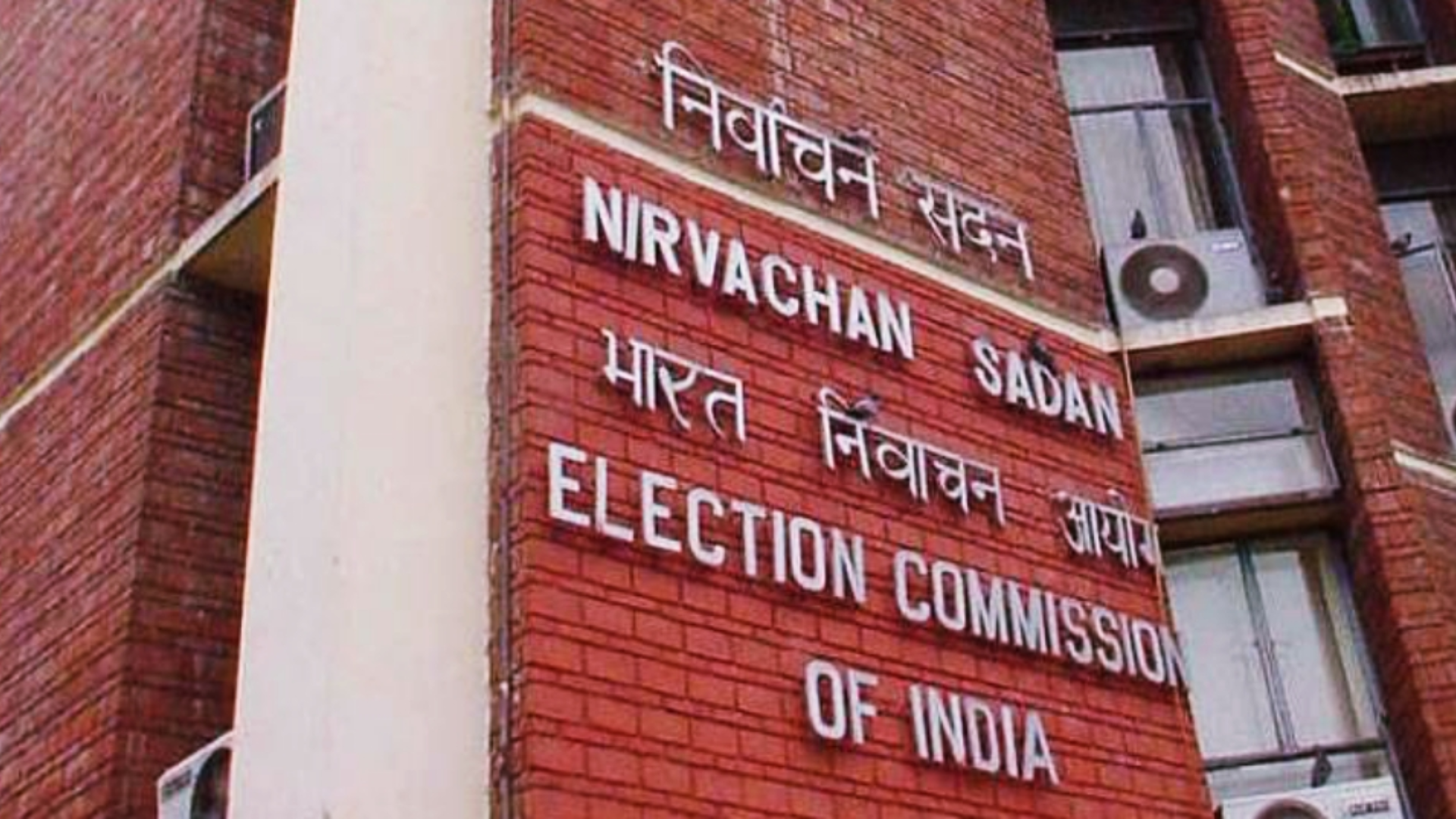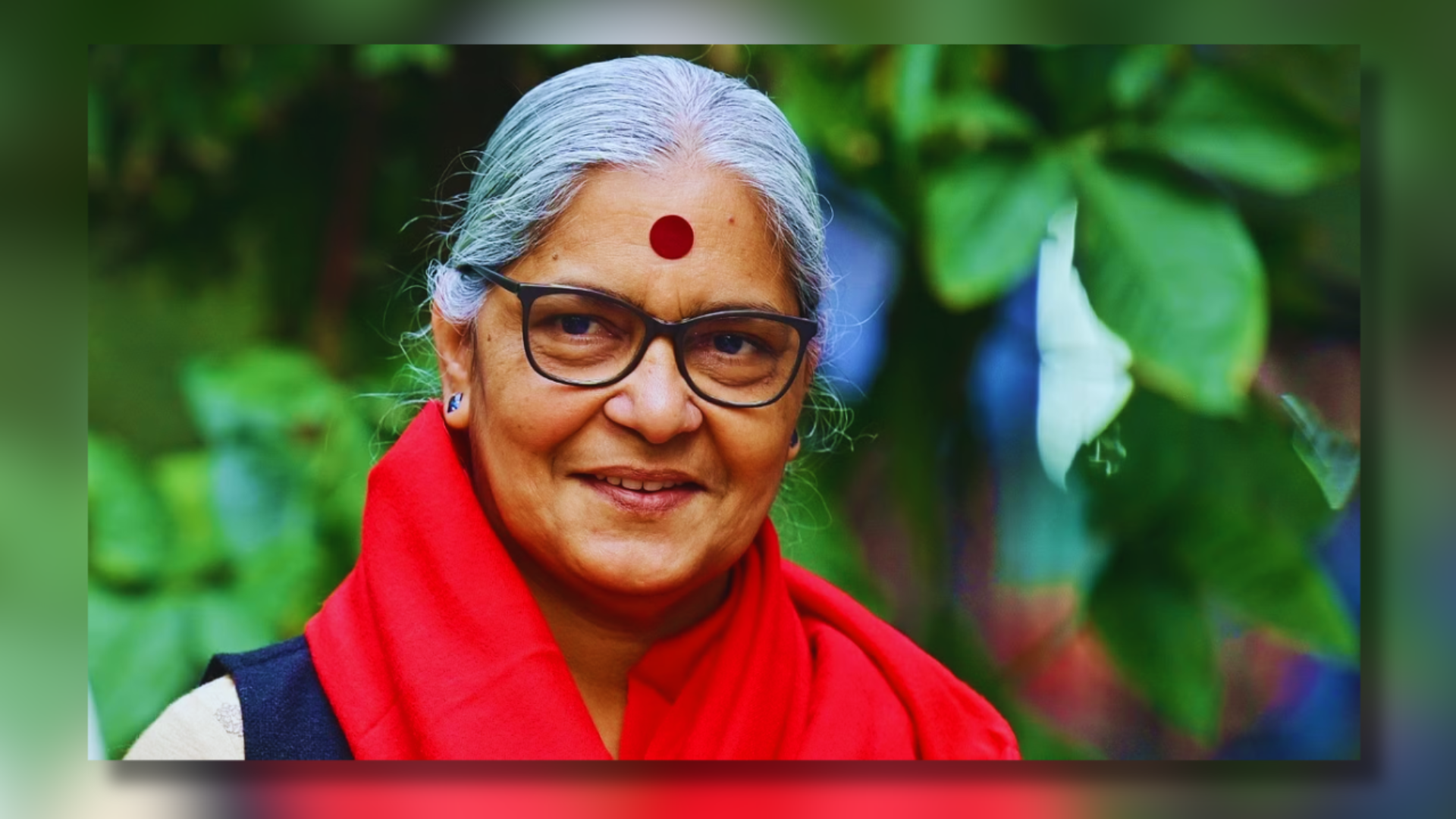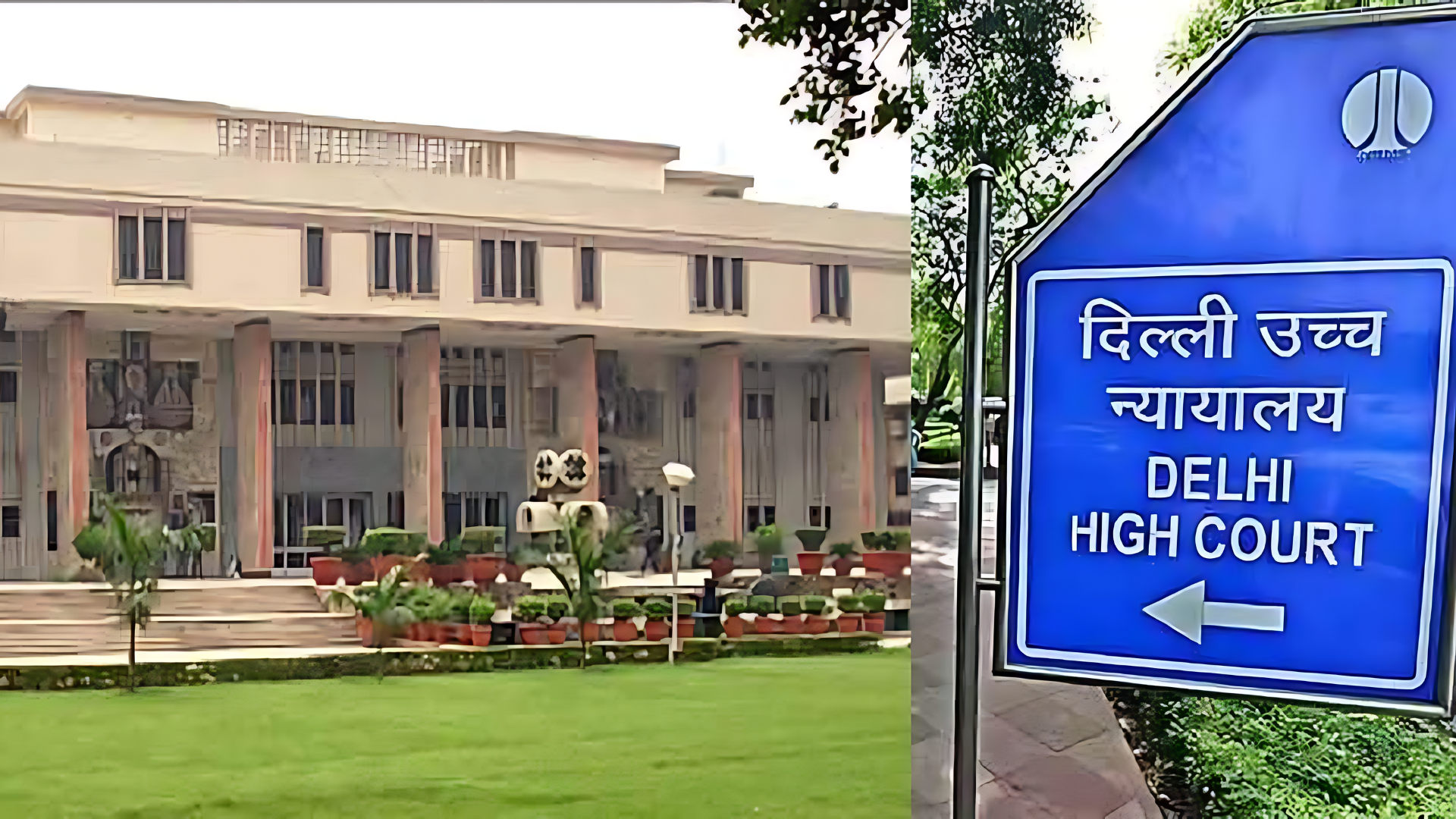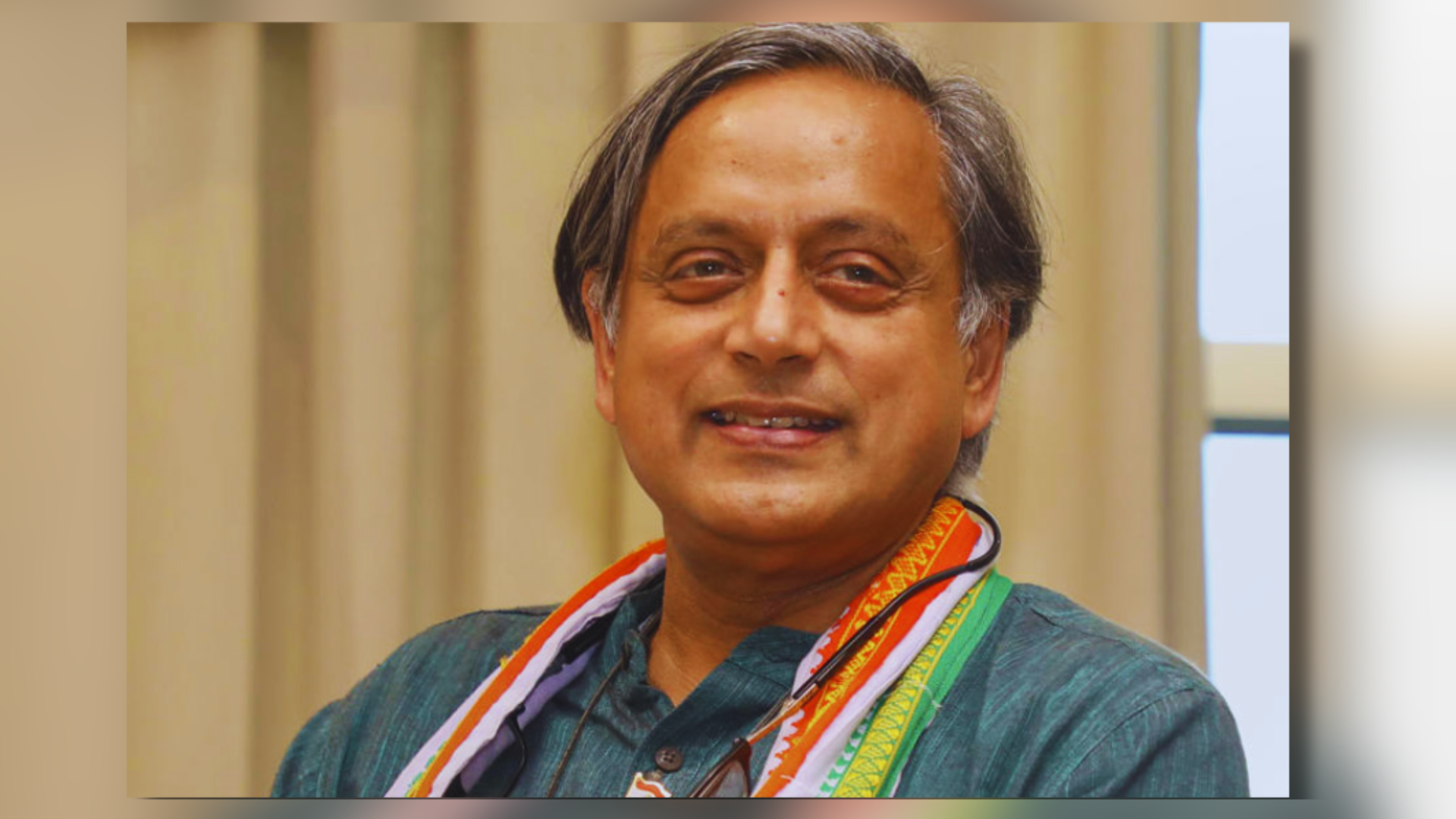


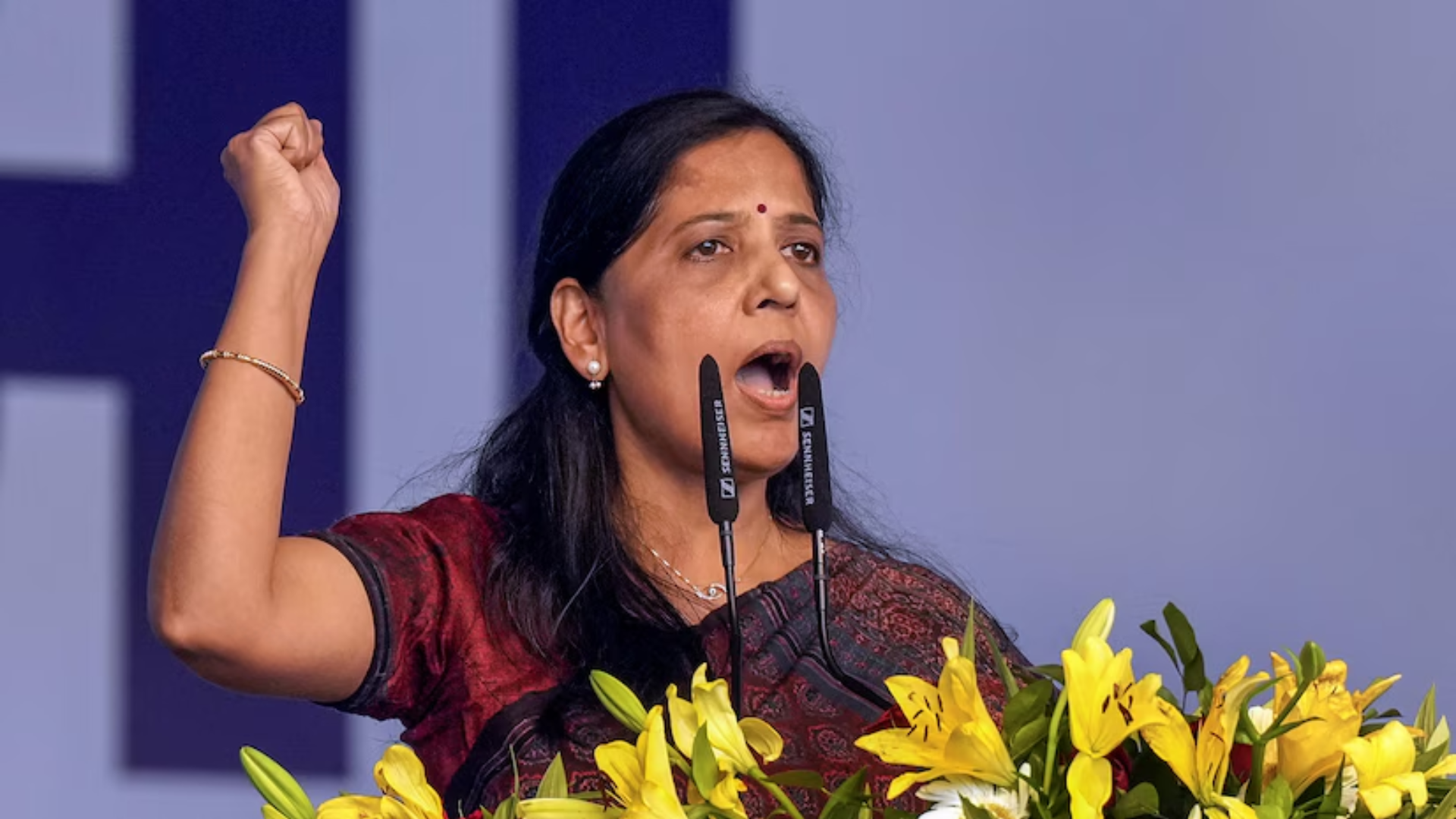

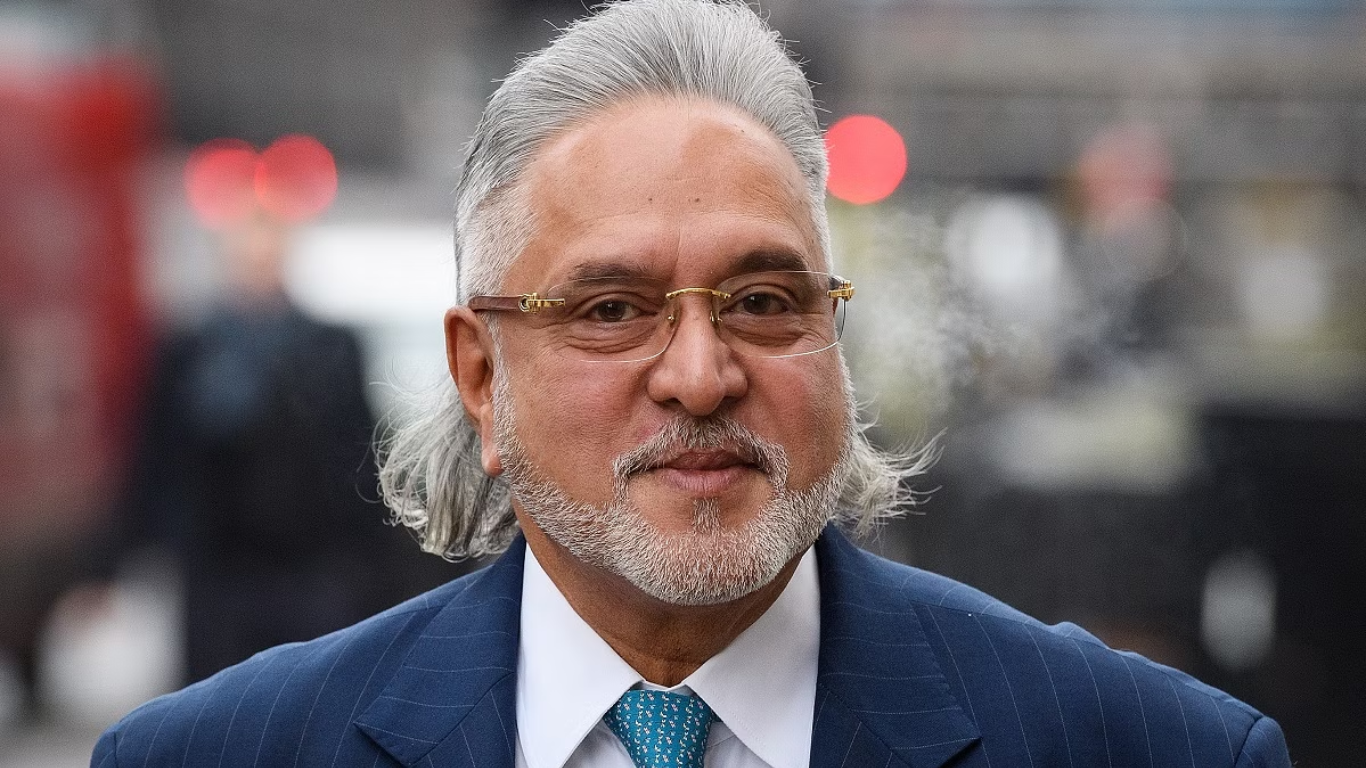
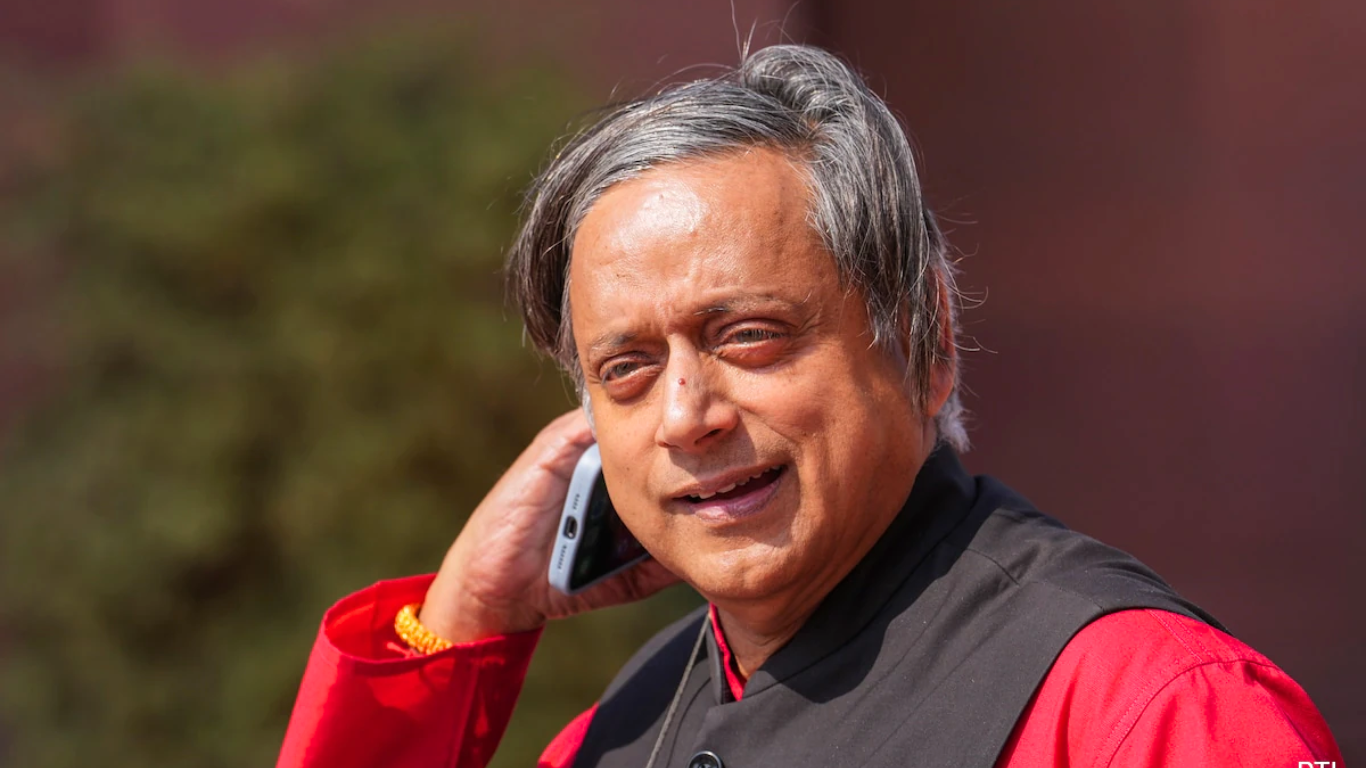
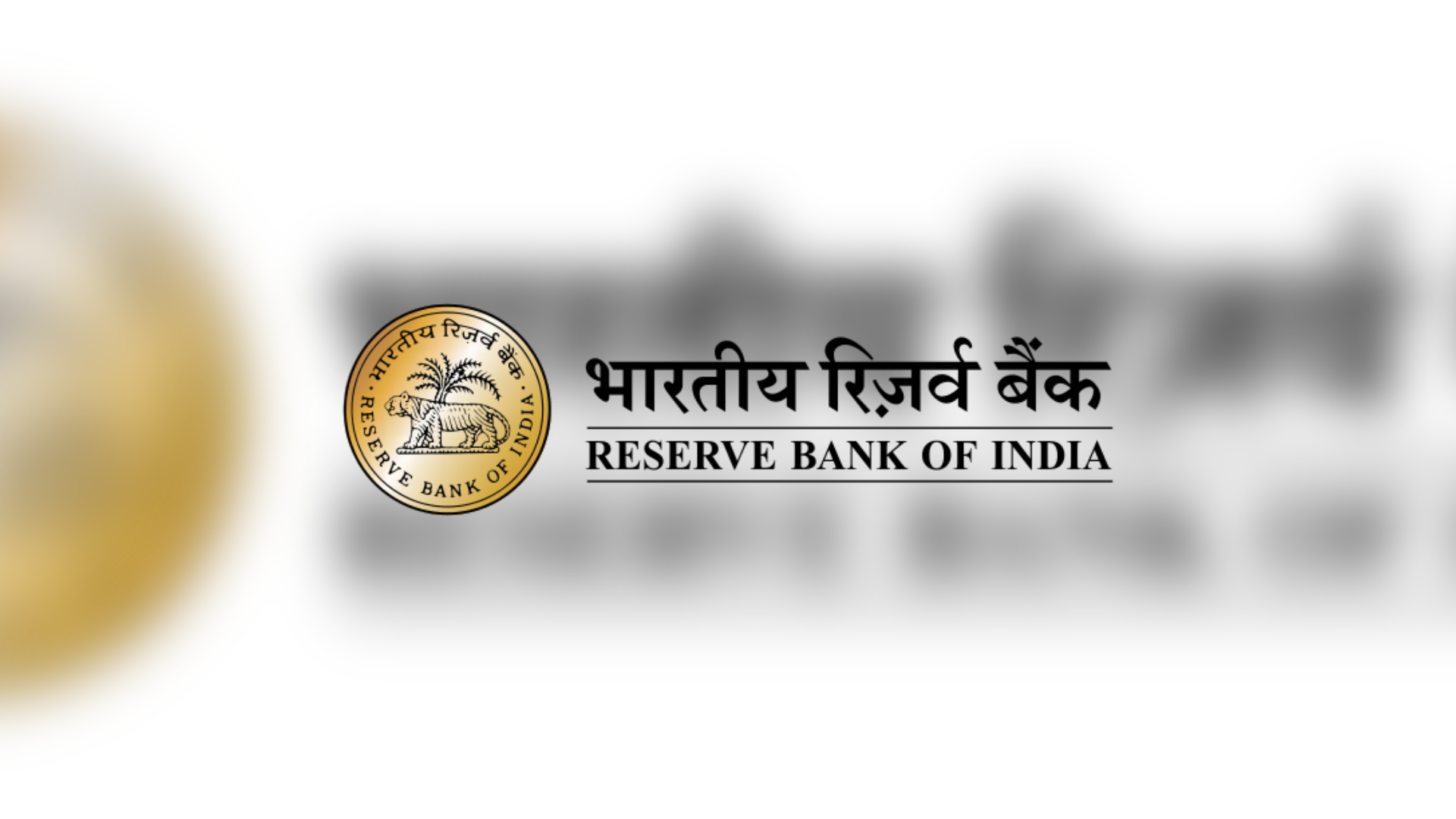
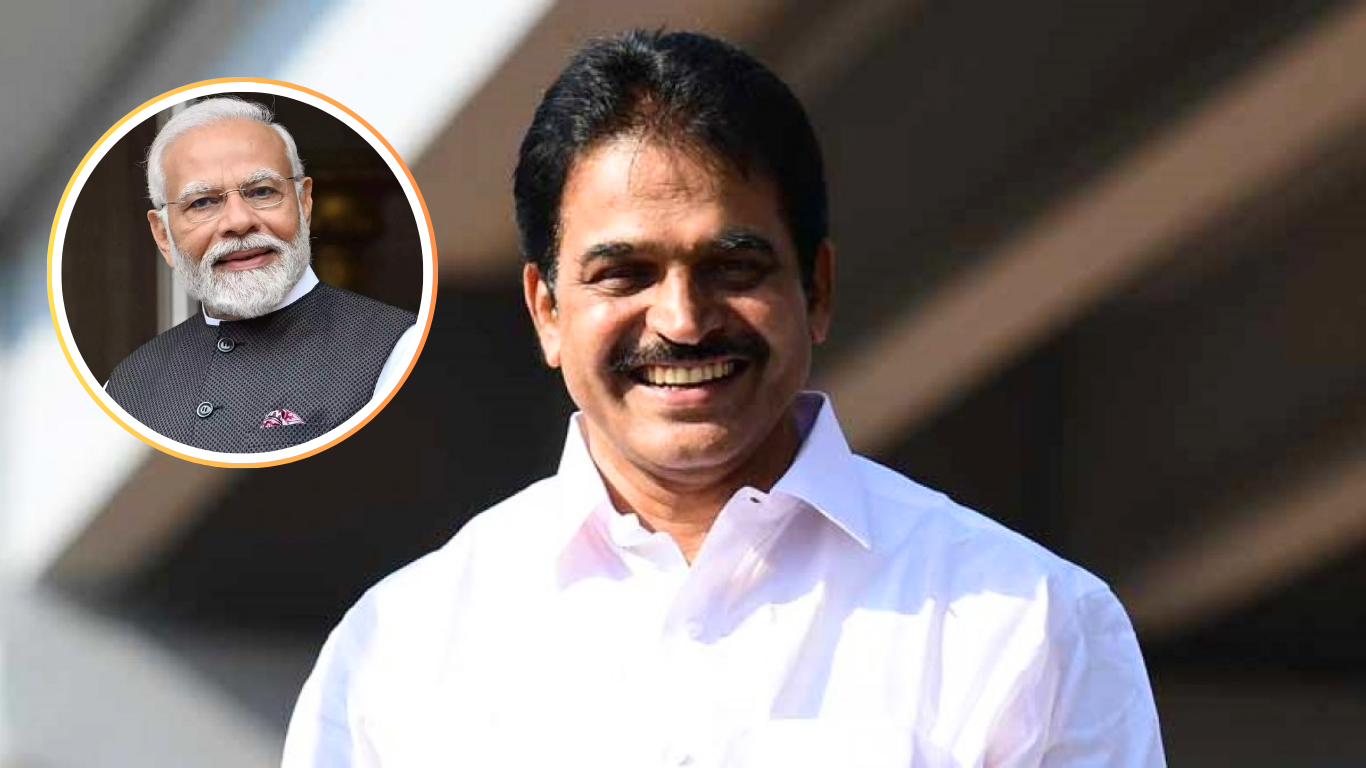
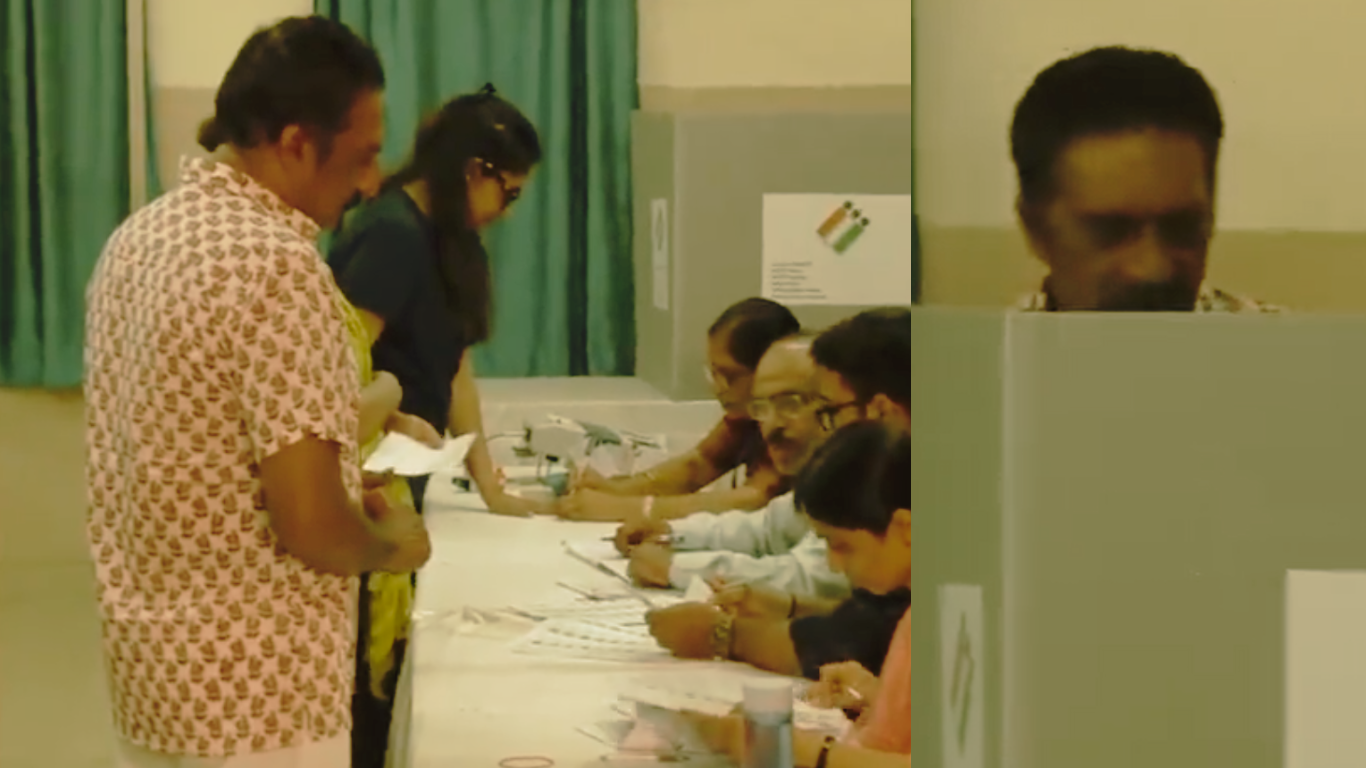
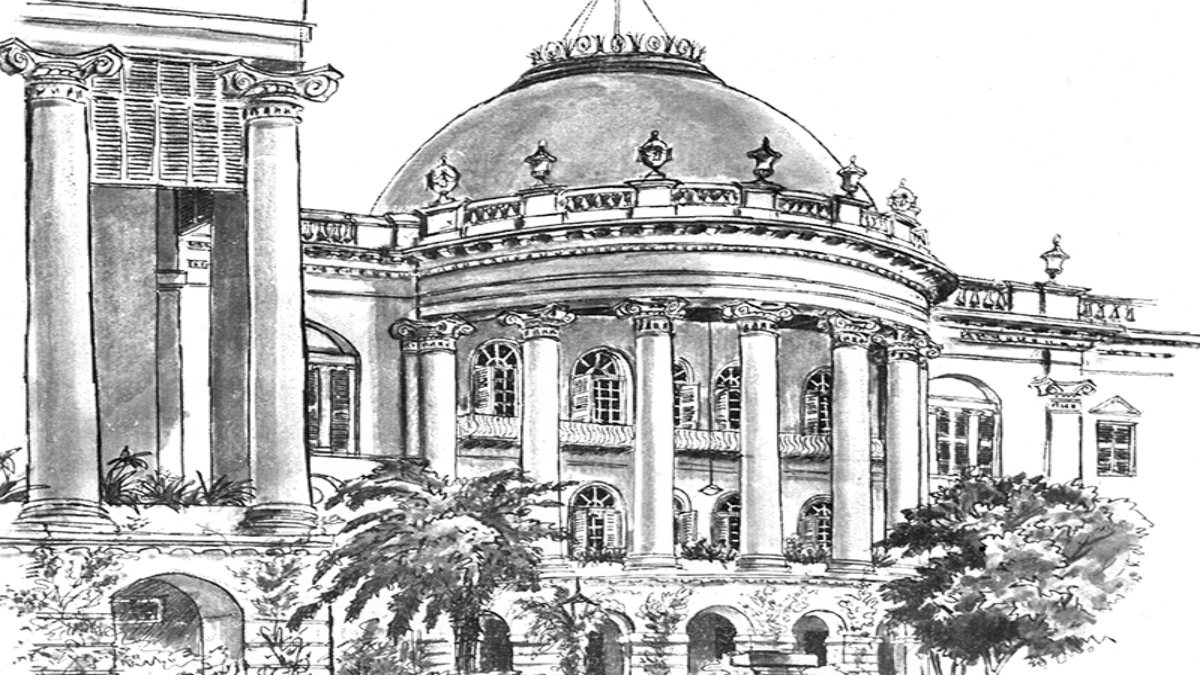
From the middle of the eighteenth century until 1948, the British ruled and conquered India. Britain had a significant impact on Indian architecture during its time there. Britain had to relinquish control of India years ago, but the country’s architecture still bears the nation’s imprint. As monuments, several of the structures are still standing.
Victoria memorial, Kolkata, West Bengal
In Kolkata, West Bengal, India, a massive marble structure known as the Victoria Memorial was constructed between 1906 and 1921. It is a museum and tourist attraction run by the Ministry of Culture that is dedicated to the memory of Queen Victoria (1819–1901). The memorial is located on the Maidan (grounds) next to Jawaharlal Nehru Road, by the Hooghly River (better known as Chowringhee Road).
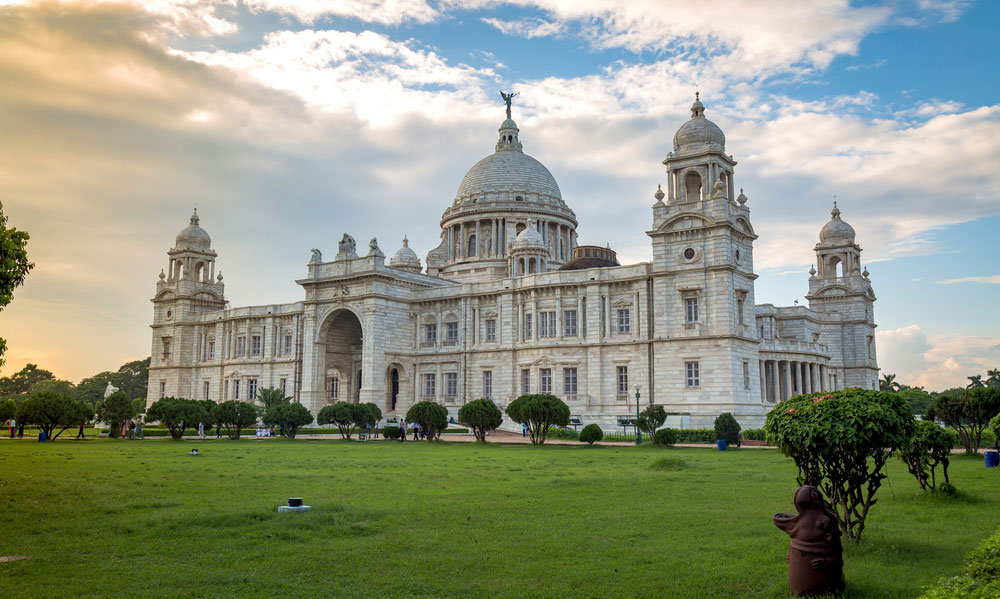
The Victoria Memorial’s foundation stone was laid in 1906, and Messrs. Martin & Co. of Calcutta were hired to complete the building’s construction. The superstructure’s construction started in 1910. The gardens span 64 acres and were expanded after India attained independence in 1947. (260,000 m sq ).
St. Paul’s Cathedral, Kolkata, West Bengal
In Kolkata, West Bengal, India, St. Paul’s Cathedral is a CNI (Church of North India) cathedral with Anglican roots that is renowned for its Gothic design. It serves as the Diocese of Calcutta’s headquarters. The building’s foundation was constructed in 1839, and it was finished in 1847. It is said to be the first Episcopal Church in Asia and the biggest cathedral in Kolkata. Additionally, it was the first cathedral ever constructed in a British Empire colony.
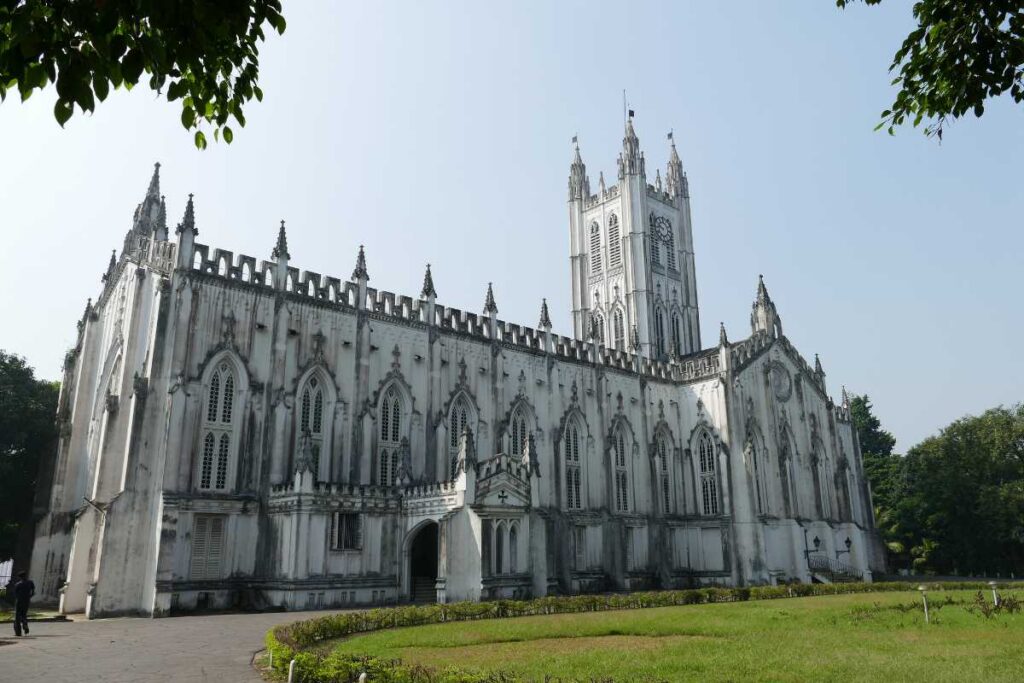
The cathedral was rebuilt using a new design in the wake of the earthquakes in 1897 and 1934, which caused significant damage to Calcutta. The cathedral’s structure is “Indo-Gothic,” a form of Gothic architecture created to suit India’s climatic needs. Overlooking the western porch of the cathedral building is a library with a collection of Plastic art and artefacts. The other significant burial in the church, besides that of Bishop Daniel Wilson, the cathedral’s founder, is that of John Paxton Norman, an acting Chief Justice who was killed in 1871.
Writers’ Building, Kolkata, West Bengal
The secretariat building of the State Government of West Bengal in India is called the Writers’ Building, and it is situated in Kolkata, the state’s capital. The entire northern portion of the water body, colloquially referred to as Lal Dighi in the B.B.D. Bagh area, is covered by the 150-meter-long Writers’ Building. The British East India Company previously used here as their writers’ office, thus the name. The Writers’ Building, which Thomas Lyon designed in 1777, has seen a number of additions over time. Up until October 4th, 2013, it served as the location of the West Bengal Chief Minister’s office.
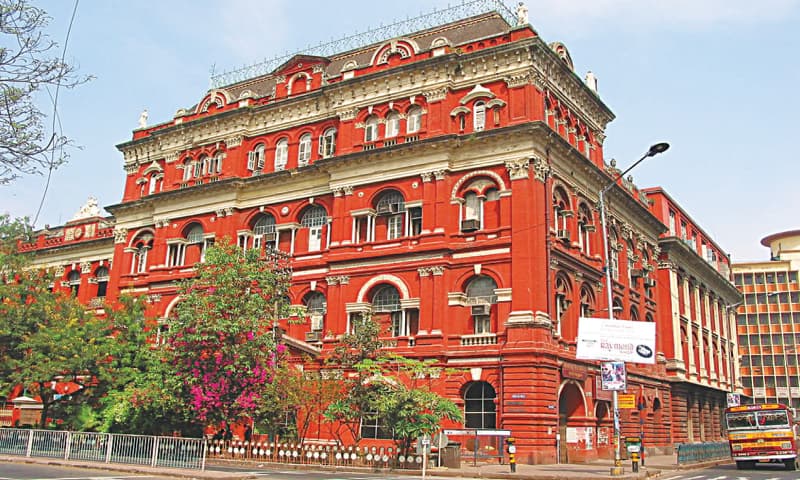
The figure of Minerva is perched on the enormous pediment in the middle. In addition to these statues, the terrace has a number of other statues. Of particular note are four groups of statues titled “Justice,” “Commerce,” “Science,” and “Agriculture,” which feature the Greek deities Zeus, Hermes, Athena, and Demeter flanked by European and Indian practitioners of these professions.
National Library of India, Kolkata, West Bengal
India’s public record library and largest library by volume is the National Library, located on the Belvedere Estate in Alipore, Kolkata. It ranks 14th on a list of the world’s largest libraries. It is managed by the Ministry of Tourism & Culture, Government of India’s Department of Culture. The library’s purpose is to gather, make available, and conserve printed materials made in India. The picturesque 30-acre (12 hectare) Belvedere Estate is where the library is located. With a library collection of more than 2.2 million books, it is the biggest in India. It served as the Lt. Governor of Bengal’s official house prior to independence.
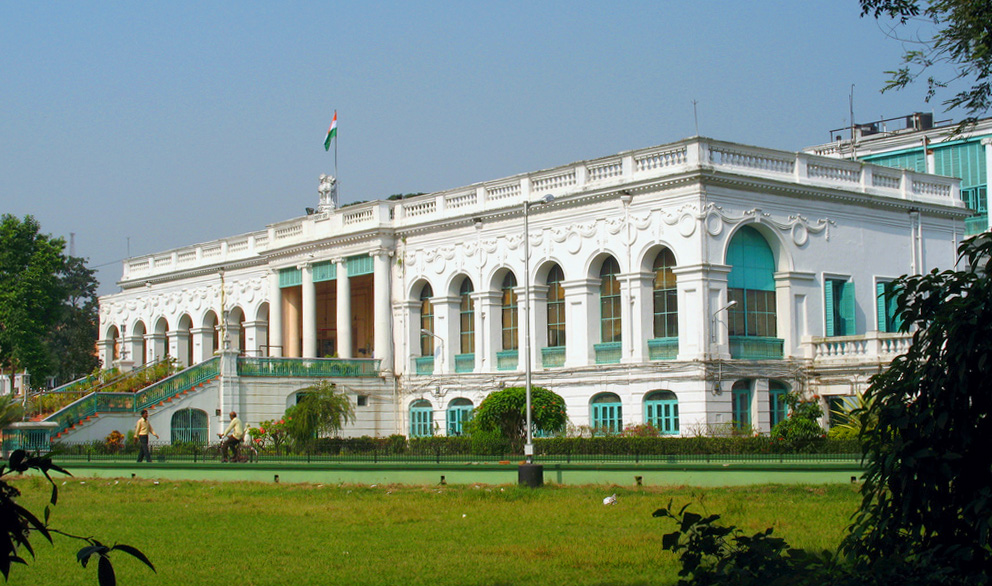
The largest library and repository of official records in the nation is the National Library of India. The library, where “every work on India…can be seen and read,” “operates under the national government’s Department of Culture and is designated to collect, disseminate, and preserve all printed material created in India as well as all foreign works published about the country” (Murray, 2009). The public library and the Imperial Library—several government libraries—were combined to become the National Library. Several foreign (British) and Indian works were stored in the National Library (1953), which later became the Imperial Library, and were accessible to the public. In addition, the National Library of India has the greatest stacks of books, magazines, and other materials in “nearly all the Indian languages, with Hindi, Kashmiri, Punjab, Sindhi, Telugu, and Urdu” (Murray, 2009). At least fifteen languages are available in the Special Collections at the National Library of India, including “Assamese, Bengali, Gujarati…and Tamil with numerous rare works” (Murray, 2009)
Bombay High Court, Mumbai, Maharashtra
One of India’s oldest High Courts is the Bombay High Court. Mumbai, Maharashtra, is where it is situated. Along with the Union Territories of Daman and Diu and Dadra and Nagar Haveli, it has authority over the states of Maharashtra and Goa. The regional offices of the High Court are located in Panaji, the capital of Goa, as well as Nagpur and Aurangabad in Maharashtra. This court produced India’s first Chief Justice, Attorney General, and Solicitor General. Eight of the 22 judges who were promoted from this court to the Supreme Court since India’s independence have served as Chief Justice of India. Along with its Appellate jurisdiction, the court also has Original jurisdiction. Only the Supreme Court of India will hear appeals from this court’s rulings.
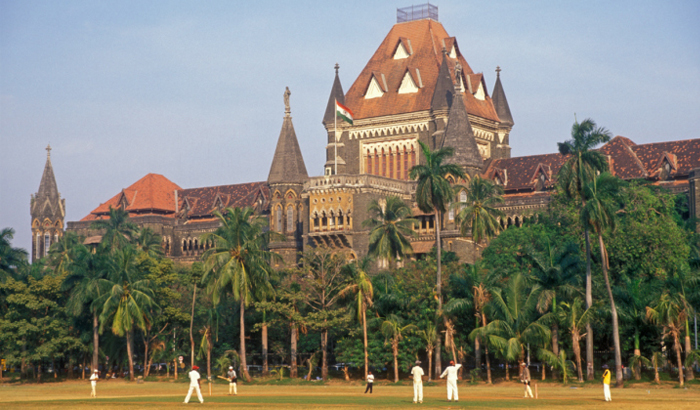
The Mumbai High Court is authorised to have 94 judges on staff (71 permanent, 23 additional).
The structure is a component of Mumbai’s Victorian and Art Deco Ensemble, which was inducted into the World Heritage List in 2018.
One of the three High Courts in India created in the Presidency Towns by Queen Victoria’s Letters patent, dated June 26, 1862, was the Bombay High Court. According to the High Court Act of 1861, it was established on August 14, 1862. The construction of the current High Court building began in April 1871 and was finished in November 1878. Col. James A. Fuller, a British engineer, created the design.
Gateway of India, Mumbai, Maharashtra
The Gateway of India is an arch-shaped structure that was created in Mumbai, India, during the 20th century. The memorial was built to honour King George V and Queen Mary’s arrival in Apollo Bunder during their 1911 journey to India.
The Gateway of India’s foundation stone was placed on March 31, 1911, and it was constructed in an Indo-Saracenic style. Basalt is used to build the 26 metres (85 feet) tall arch. The monument’s final design by George Wittet was approved in 1914, and work on it was finished in 1924. Later, Viceroys and the new Governors of Bombay entered India through the Gateway in a symbolic ceremony. It allowed people to enter and access India.
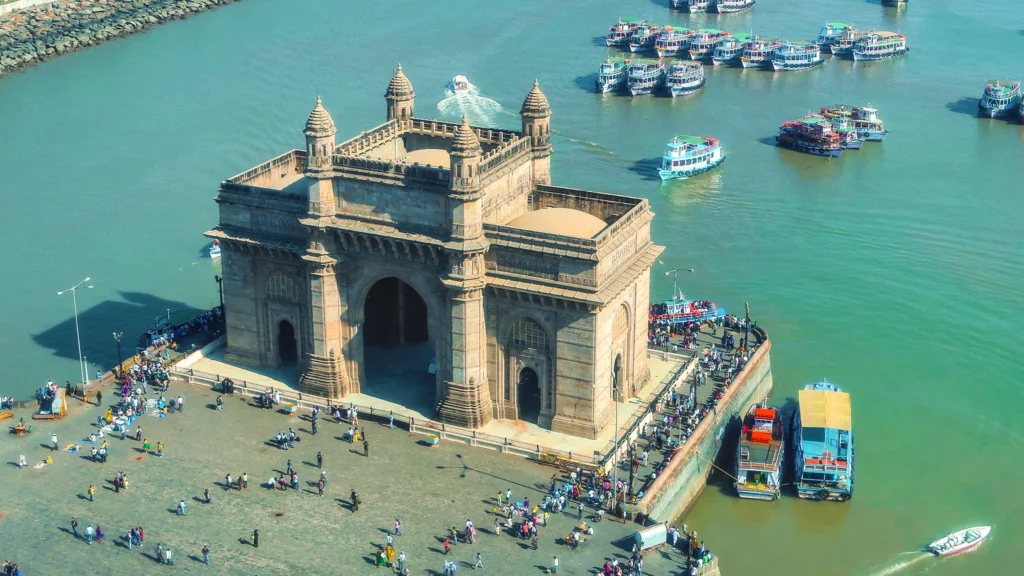
At the end of Chatrapathi Shivaji Marg in South Mumbai, the Gateway of India is situated right on the water with a view of the Arabian Sea. The monument, which is the biggest tourist destination in the city, has also been referred to as the Taj Mahal of Mumbai.
Chhatrapati Shivaji Terminus, Mumbai, Maharashtra
One of Mumbai’s oldest train stations, the Chhatrapati Shivaji terminus was constructed in 1888. Additionally, it is acknowledged as a World Heritage Site. This monument from the 19th century commemorates British colonial control in India and has seen Mumbai’s colonial uprisings. F. Norman, a British architect.
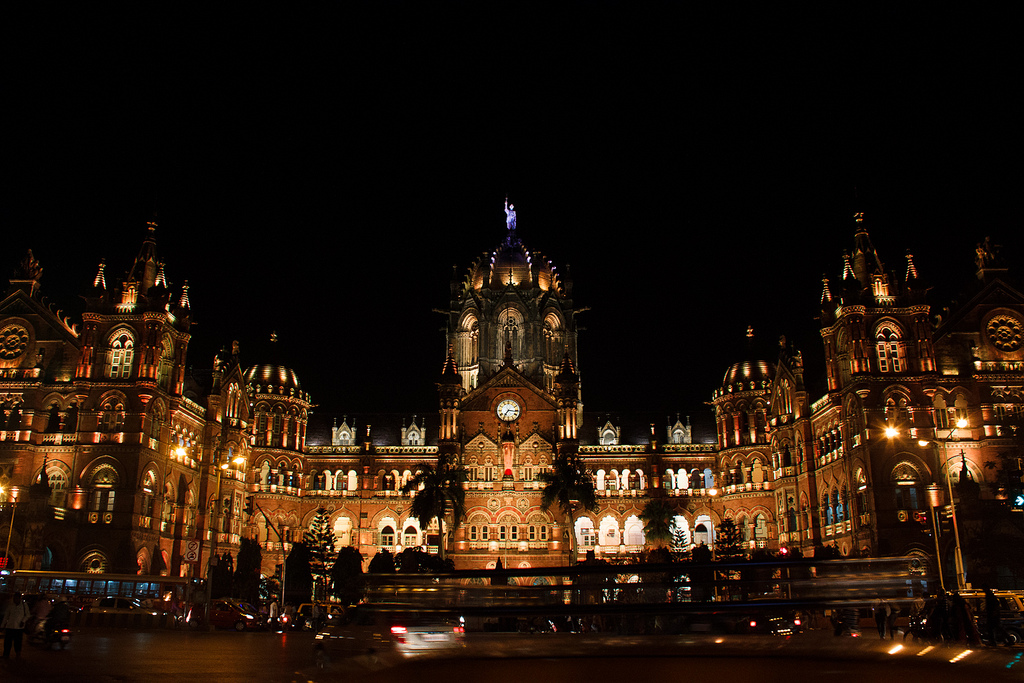
Victoria Terminus (VT) is a fantastic example of the Victorian Gothic style of architecture in India and was given the name Victoria Terminus (VT) in honour of Queen Victoria. Chhatrapati Shivaji Terminus was given the name in 1996 by the then-railways minister, Suresh Kalmadi. During Queen Victoria’s Golden Jubilee festivities in 1887, it was inaugurated.
The BMC Building, Mumbai, Maharashtra
In 1865, the BMC was established, and Arthur Crawford served as its inaugural Municipal Commissioner. Today, the largest civic organisation in both India and Asia is housed in this impressive colonial-era structure in Mumbai. Viceroy Lord Ripon lay the building’s foundation stone on December 9, 1884, in front of the Victoria Terminus, which is today called Chhatrapati Shivaji Maharaj Terminus.
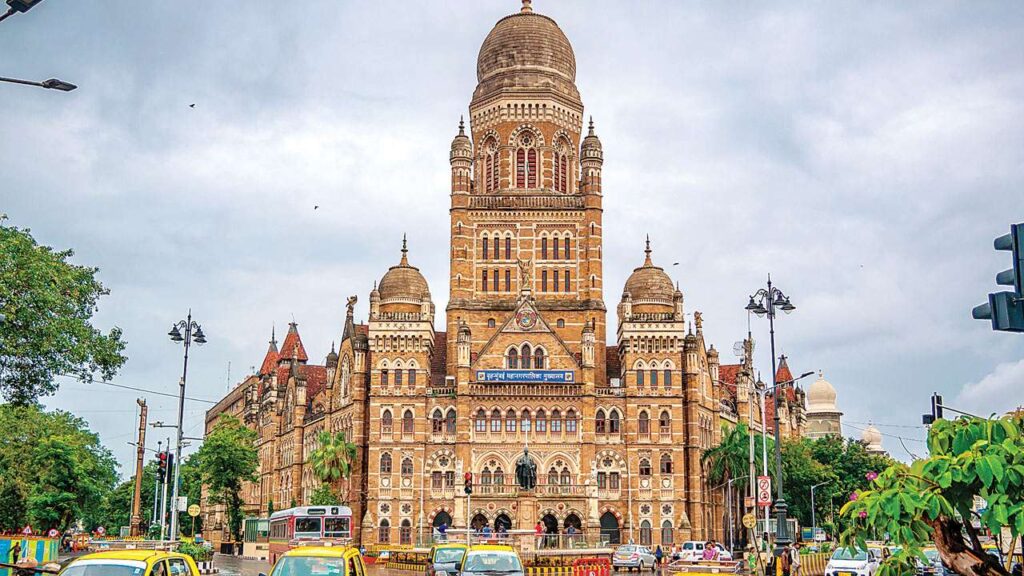
Additionally, UNESCO designated it as a world heritage monument. From the exterior gallery area of the building, one can see a broad panorama of South Mumbai.
India Gate, New Delhi
The India Gate (originally known as the All India War Memorial) is a war memorial that honours 70,000 British Indian Army soldiers who lost their lives between 1914 and 21 in the First World War, in France, Flanders, Mesopotamia, Persia, East Africa, Gallipoli, and other places in the Near and Far East, as well as the Third Anglo-Afghan War. It is situated along Rajpath now Kartavya Path on the eastern edge of New Delhi, India’s “ceremonial The gate bears the names of 13,300 military members, some of them are British soldiers and officers.
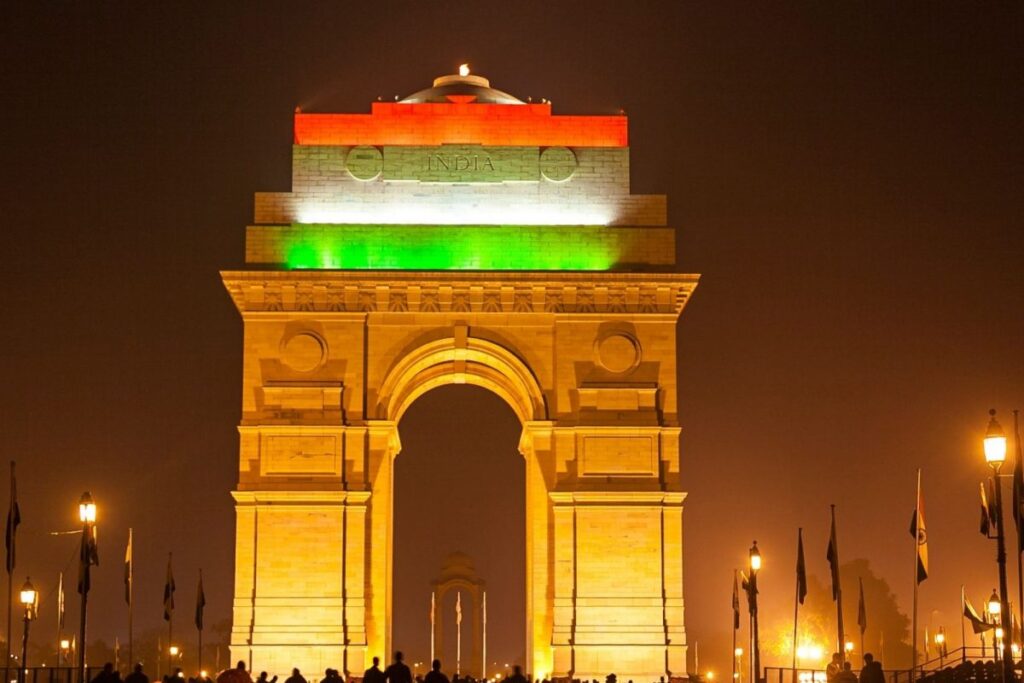
Despite being a war memorial, the India Gate is sometimes compared to the Arc de Triomphe in Paris and the Gateway of India in Mumbai because it is built in the triumphal arch architectural style, much like the Arch of Constantine outside the Colosseum in Rome. Sir Edwin Lutyens was in charge of its design.
A tiny, straightforward building with a black marble plinth, a reversed rifle, a battle helmet, and four eternal flames was created beneath the grand Memorial Archway in 1972, in the wake of the Bangladesh Liberation War. The Flame of the Immortal Soldier, also known as Amar Jawan Jyoti, has been used as India’s Tomb of the Unknown Soldier since 1971. One of India’s largest war memorials is India Gate.
Parliament of India, New Delhi
The Indian Parliament is housed in the Sansad Bhavan (Parliament Building), which is situated in New Delhi. The British architects Edwin Lutyens and Herbert Baker designed the building, which was formerly known as the House of Parliament, in 1912–1913. Work on it started in 1921 and was completed in 1927. Lord Irwin, the Viceroy of India, presided over the opening ceremony of the Parliament House, which was formerly known as the Central Legislative Assembly, on January 18, 1927. On January 19, 1927, the Central Legislative Assembly’s third session was conducted in this building. The Parliament Museum, which opened in 2006, is located next to the Parliament House.
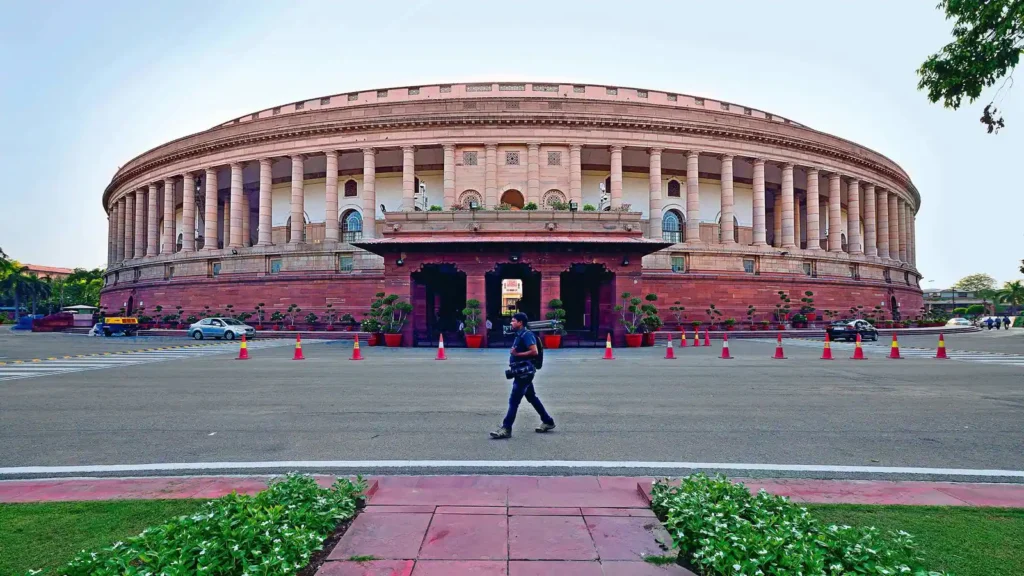
The Ashoka Chakra is the inspiration for the building’s round design. The Central Chamber is located in the centre of the structure, and semicircular halls that were built for the meetings of the Central Legislative Assembly, the State Council, and the Chamber of Princes (now known as the Library Hall) surround it (now used for the Lok Sabha). Large gardens surround the structure, and sandstone railings fence it off on all sides (jali).
Rashtrapati Bhavan, New Delhi
The official residence of the president is the Rashtrapati Bhavan, also known as the Viceroy’s House, which is situated at the western end of Rajpath in New Delhi, India. Only the 340-room main structure, commonly known as the mansion and housing the president’s official house, may be referred to as Rashtrapati Bhavan.
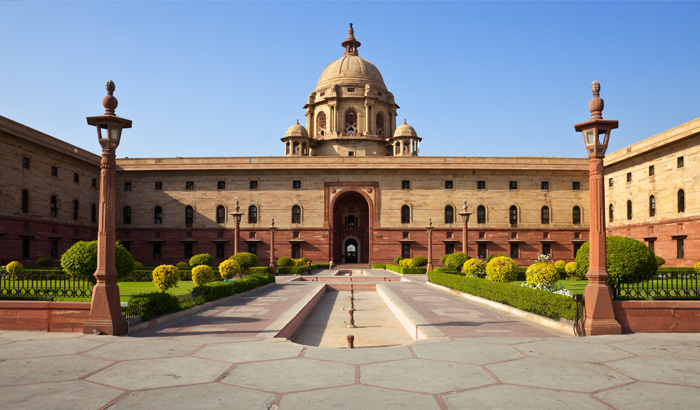
It may also refer to the entire 130 hectare (320 acre) Presidential Estate, which is surrounded by walls and includes other buildings such as stables, other offices, and utilities in addition to the enormous presidential gardens (Mughal Gardens), spacious open areas, and homes for bodyguards and staff. It is one of the largest presidential mansions in the world in terms of square footage. Following the decision made at the Delhi Durbar in December 1911 to move the capital of India from Calcutta to Delhi, it was planned to construct a home in New Delhi for the British Viceroy.
Fort St. George, Chennai
The first English (and later British) fortification in India, Fort St. George, was built in 1644 in Madras, which is now Chennai. In what was before an uninhabited land, the fort’s construction served as a catalyst for more settlements and trade. Thus, the claim that the city developed around the fortress is a plausible one. The Tamil Nadu Legislative Assembly and other government buildings are currently located inside the fort. The fort is one of Tamil Nadu’s 163 megalithic structures that have been designated as notified areas.
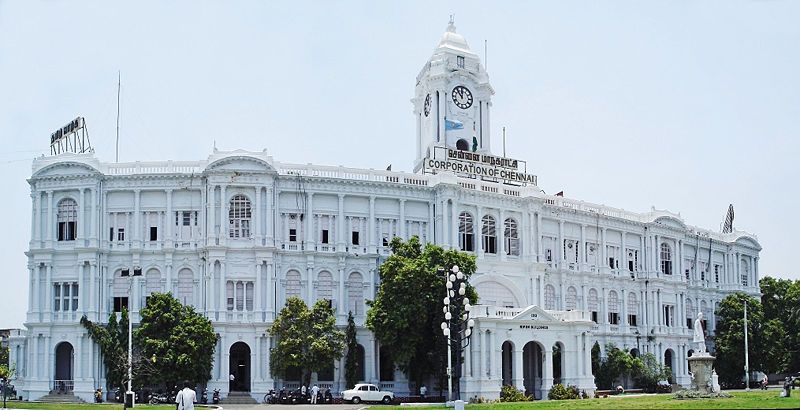
The East India Company (EIC), which had arrived in India in the early 1600s to engage in trade, had started authorised commerce at Surat, which served as its first stronghold. However, it felt the need for a port closer to the Malaccan Straits to secure its trade routes and commercial interests in the spice trade. As a result, it was successful in purchasing a piece of coastal land originally known as Chennirayarpattinam or Channapatnam, where the Company started building a harbour and a fort.
Read more: World leaders condoles over death of Queen Elizabeth II


